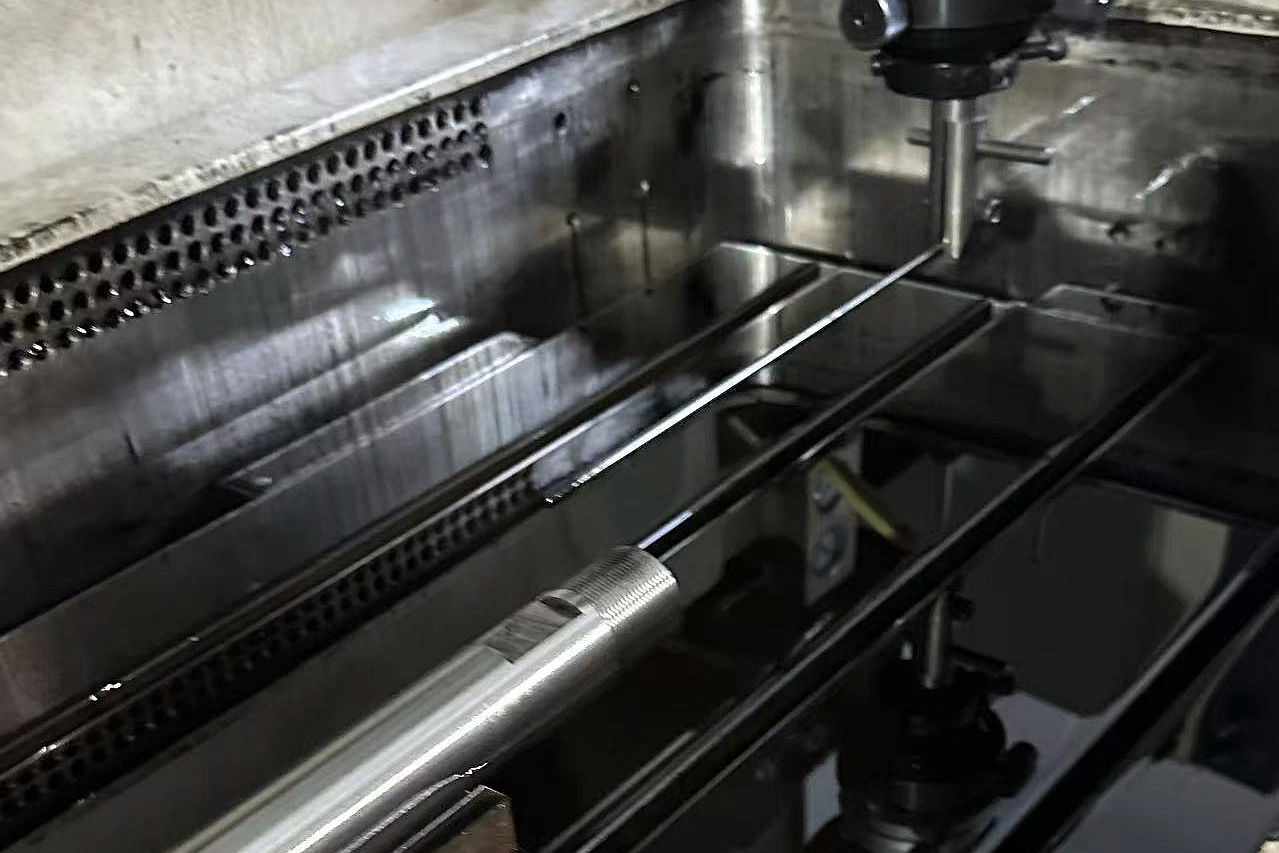What levels of tolerance and surface finish can be achieved with ceramic CNC machining?
Ceramic materials represent one of the most challenging yet rewarding domains in precision machining, requiring specialized expertise and equipment to achieve optimal results. At Neway, our Ceramic CNC Machining Service has been refined to deliver exceptional precision and surface quality across various advanced ceramic materials, enabling their use in demanding applications across multiple industries.
Tolerance Capabilities in Ceramic Machining
The non-ductile nature of ceramics presents unique challenges in maintaining tight tolerances, but through specialized processes, we achieve remarkable precision levels.
Standard Tolerance Ranges
For most ceramic materials, our standard machining capabilities deliver:
Dimensional Tolerances: ±0.01 mm (±0.0004 inches) for critical dimensions
Geometric Tolerances: Straightness and flatness within 0.005 mm per 25 mm (0.0002 inches per inch)
Hole Positional Tolerances: ±0.005 mm (±0.0002 inches) for precision bore patterns
Concentricity: Within 0.003 mm (0.0001 inches) for rotational components
These standards apply to materials like Alumina (Al₂O₃) and Zirconia (ZrO₂) where our extensive experience enables predictable, repeatable results.
High-Precision Tolerance Achievement
For applications requiring exceptional precision, we implement enhanced processes that achieve:
Ultra-Tight Tolerances: Down to ±0.002 mm (±0.00008 inches) for critical features
Sub-Micron Surface Figure: < 0.0005 mm for optical-grade flatness requirements
Diameter Control: Within 0.001 mm for precision bearing surfaces and sealing components
These capabilities are particularly valuable for components in the Medical Device industry where ceramic implants and surgical tools demand the highest levels of precision.
Surface Finish Achievements in Ceramic Components
The surface finish quality of ceramic components significantly impacts their performance, particularly in terms of wear resistance, corrosion resistance, and biological applications.
Standard Surface Finish Capabilities
Our standard ceramic machining processes typically achieve:
As-Machined Surface Finish: Ra 0.4 - 0.8 μm (16 - 32 μin) for most structural applications
Improved Machined Finish: Ra 0.2 - 0.4 μm (8 - 16 μin) through optimized parameters and tooling
Fine-Machined Surfaces: Ra 0.1 - 0.2 μm (4 - 8 μin) for applications requiring superior surface integrity
Enhanced Surface Finishing Techniques
For applications demanding exceptional surface quality, we employ specialized finishing processes:
Precision Lapping and Polishing: Achieving Ra values as low as 0.025 μm (1 μin) for optical and bearing applications
Laser Micro-Machining: Creating controlled surface textures with Ra values between 0.05-0.5 μm for specific functional requirements
Diamond Grinding: Utilizing our CNC Grinding Service capabilities with diamond wheels to achieve consistent surface finishes down to Ra 0.05 μm
Material-Specific Performance Variations
Different ceramic materials exhibit distinct machining characteristics that influence achievable tolerances and surface finishes.
Oxide Ceramics
Alumina (Al₂O₃): Typically achieves Ra 0.2-0.6 μm with dimensional tolerances of ±0.01 mm
Zirconia (ZrO₂): Superior fracture toughness allows finer finishes of Ra 0.1-0.4 μm and tighter tolerances to ±0.005 mm
Non-Oxide Ceramics
Silicon Nitride (Si₃N₄): Silicon Nitride components typically achieve Ra 0.2-0.5 μm with high strength retention
Silicon Carbide (SiC): Silicon Carbide can be machined to Ra 0.3-0.8 μm, with specialized processes achieving finer finishes
Aluminum Nitride (AlN): Aluminum Nitride achieves Ra 0.4-0.8 μm with excellent thermal conductivity preservation
Critical Factors Influencing Ceramic Machining Precision
Achieving consistent results in ceramic machining requires meticulous attention to several key factors:
Machine Tool Capabilities
High-Stiffness Platforms: Minimizing vibration and deflection through rigid machine structures
Advanced Control Systems: Precise motion control with sub-micron resolution
Thermal Stability: Maintaining consistent temperature to avoid dimensional drift
Specialized Tooling: Diamond-impregnated tools optimized for ceramic materials
Process Optimization
Parameter Development: Optimized speeds, feeds, and depth of cut for each ceramic material
Fixturing Solutions: Custom fixtures that secure brittle materials without inducing stress
Coolant Strategies: Appropriate cooling and lubrication to manage heat and remove debris
In-Process Monitoring: Real-time feedback to detect potential issues before they affect quality
Quality Assurance and Verification
Verifying ceramic component quality requires specialized metrology approaches:
Non-Contact Measurement: Optical comparators and vision systems to avoid surface damage
Advanced Surface Profilometry: 3D surface analysis to verify Ra, Rz, and other parameters
Form Measurement: Roundness, flatness, and cylindricity verification for critical features
Material Integrity Testing: Microstructural examination to ensure no subsurface damage
Application-Specific Performance Requirements
Different industries demand specific combinations of tolerance and surface finish:
Medical and Dental Applications
Ceramic components for Medical Device applications often require:
Biocompatible Surfaces: Ra < 0.2 μm to minimize bacterial adhesion and tissue irritation
Precision Fit: Tolerances to ±0.005 mm for implantable components
Hydrophilic/Hydrophobic Control: Tailored surface energy for specific biological interactions
Industrial and Wear Applications
Components for Industrial Equipment typically require:
Wear-Resistant Surfaces: Controlled roughness (Ra 0.4-0.8 μm) for optimal lubrication retention
Dimensional Stability: Tolerances within ±0.01 mm for proper assembly and function
Thermal Management: Preserved material properties through controlled machining processes
Aerospace and Defense Components
Ceramics for Aerospace and Aviation applications demand:
High-Temperature Stability: Maintaining tolerances under thermal cycling conditions
Erosion Resistance: Optimized surface finishes (Ra 0.2-0.5 μm) for aerodynamic components
Structural Integrity: Verification of minimal subsurface damage through NDT methods
Through our specialized expertise and continuous process refinement, Neway delivers ceramic components that meet the most demanding tolerance and surface finish requirements, enabling the exceptional performance characteristics of advanced ceramics across diverse applications.



